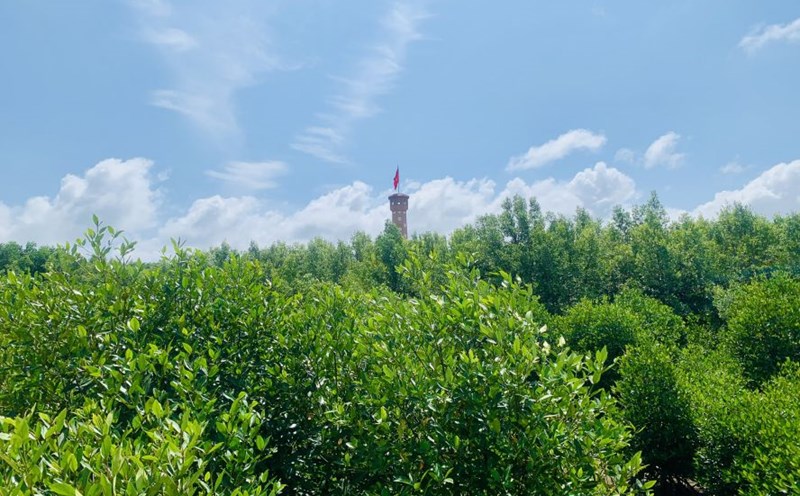The merger of Bac Lieu - Ca Mau provinces into the new Ca Mau province opens up space for tourism development, especially eco-tourism, cultural tourism, spiritual tourism. In addition, many other potential types of tourism are gradually being shaped and developed.
Mui Ca Mau National Tourist Area
Coming to Ca Mau Cape National Tourist Area, visitors have the opportunity to check-in a series of symbolic works such as Ho Chi Minh Road Ending Landmark, National Monument of Lac Long Quan - Mother Monument, Ship symbol, National Coordination Landmark GPS0001, Hanoi Flag Tower at Ca Mau Cape with a crab statue.
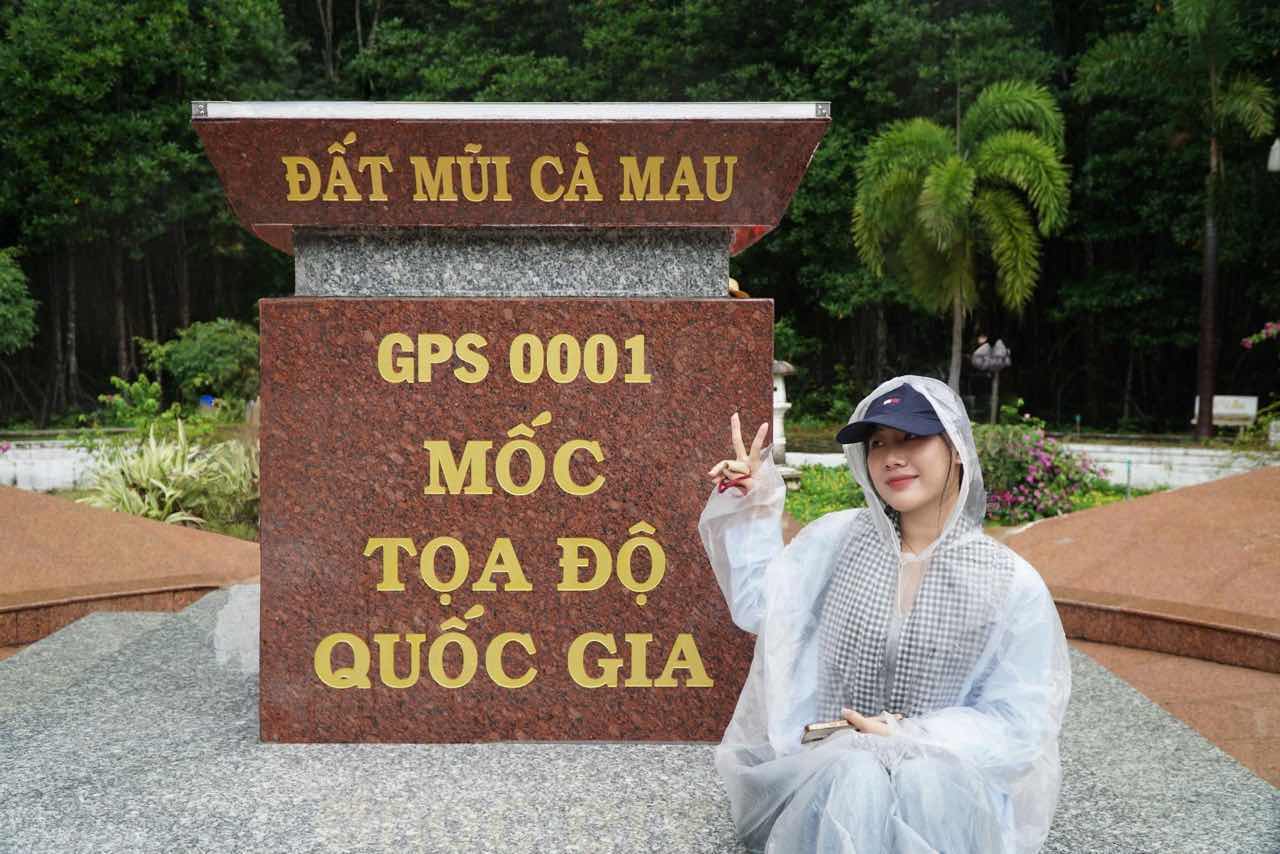
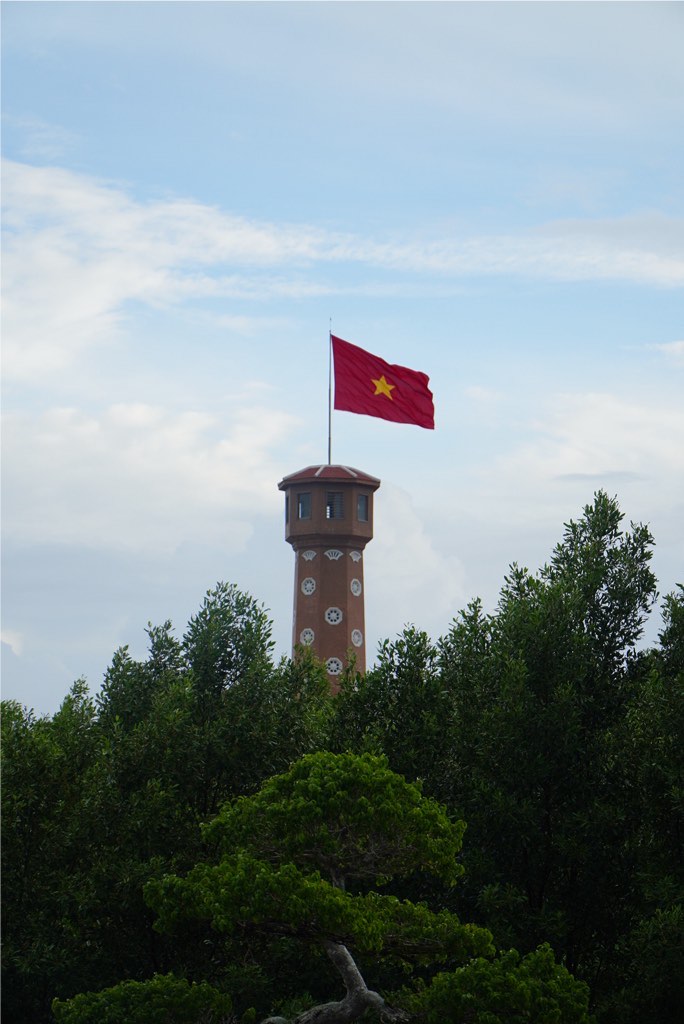
One of the unique experiences here is the tourism route through the mangrove forest, where visitors sit in a canoe or boat winding among the eye-catching green mangrove canopy, feeling the rich ecosystem and the journey to the sea at the southernmost point of the Fatherland.
Xiem Can Pagoda ( Wotkomphisakoprekchru Pagoda)
Xiem Can Pagoda is one of the largest and typical Khmer pagodas in the South. Started in March 1887, the pagoda covers an area of nearly 5 hectares, imbued with traditional Angkor Khmer architecture with sophisticated patterns and characteristic colors.
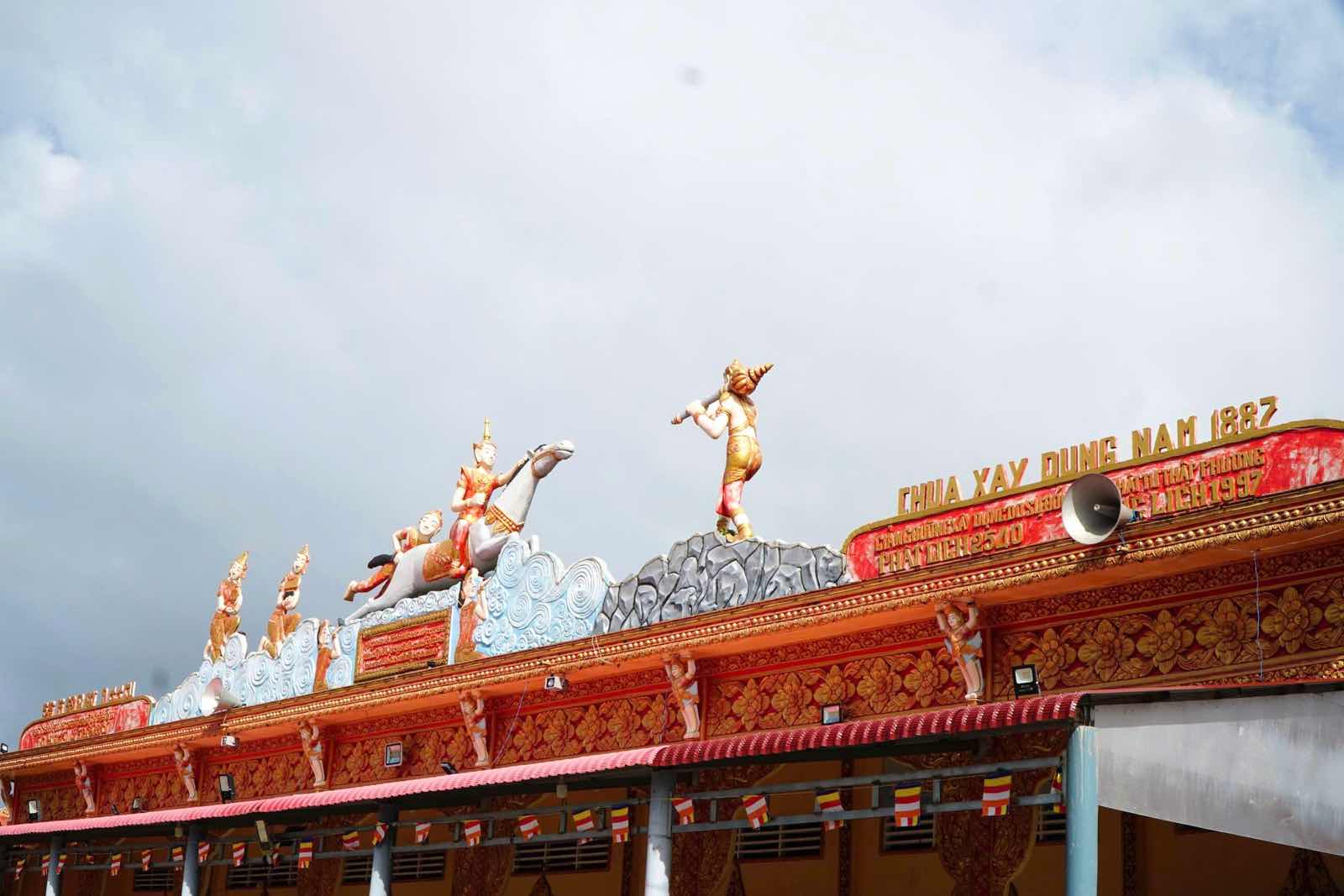
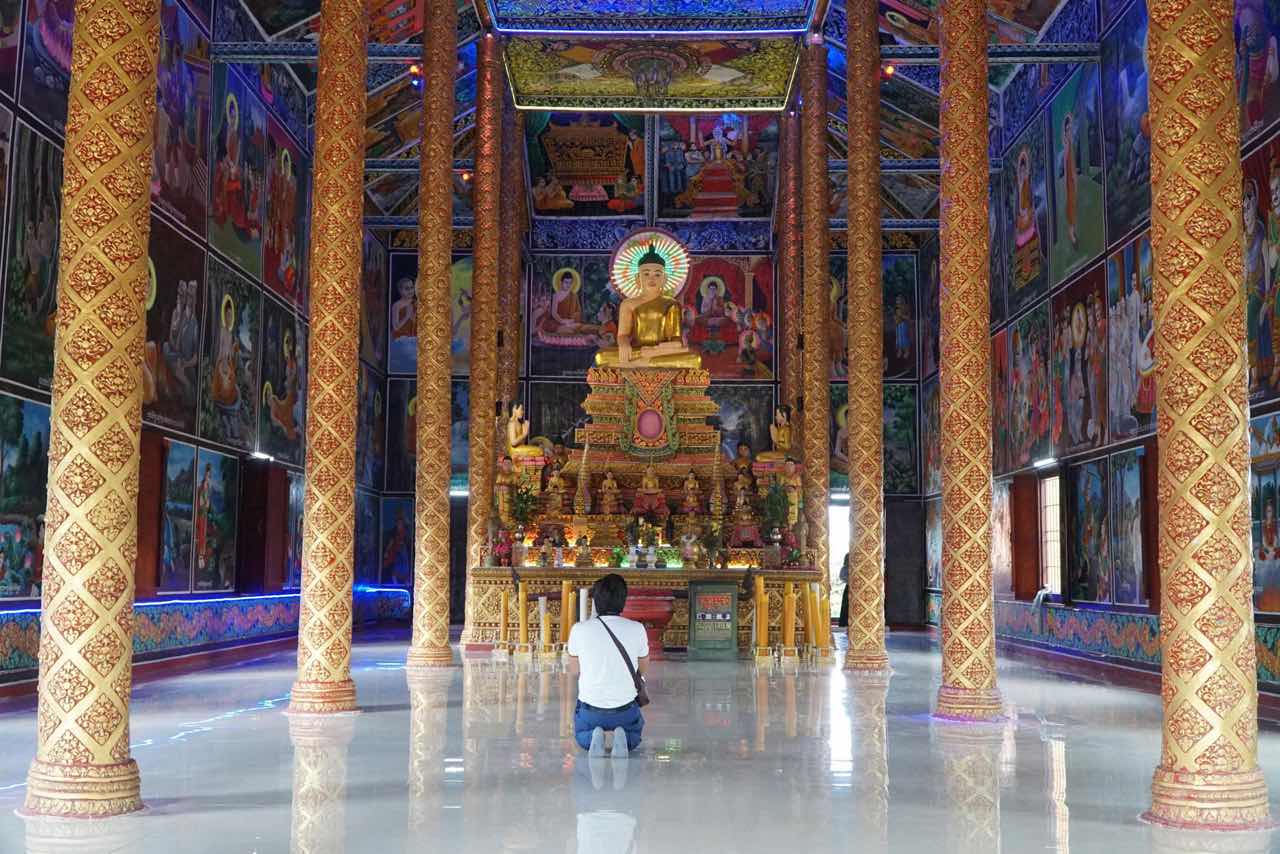
Not only a religious project, Xiem Can Pagoda is also a space for cultural and artistic activities and a place where many important festivals of the Khmer community take place, attracting a large number of tourists to visit and learn about the indigenous cultural identity.
Southern Actor and Musician Cao Van Lau's Commemorative Art Area
The Southern Singer and Musician Cao Van Lau Monument to the Unsincertainty of the Arts is an ideal destination for those who love traditional arts and have been honored by UNESCO as a Representative Intangible Cultural Heritage of Humanity. This is a place to help visitors learn more deeply about the value of art, the history of formation and the spread of the Song of the Year in the life of the Southern region.
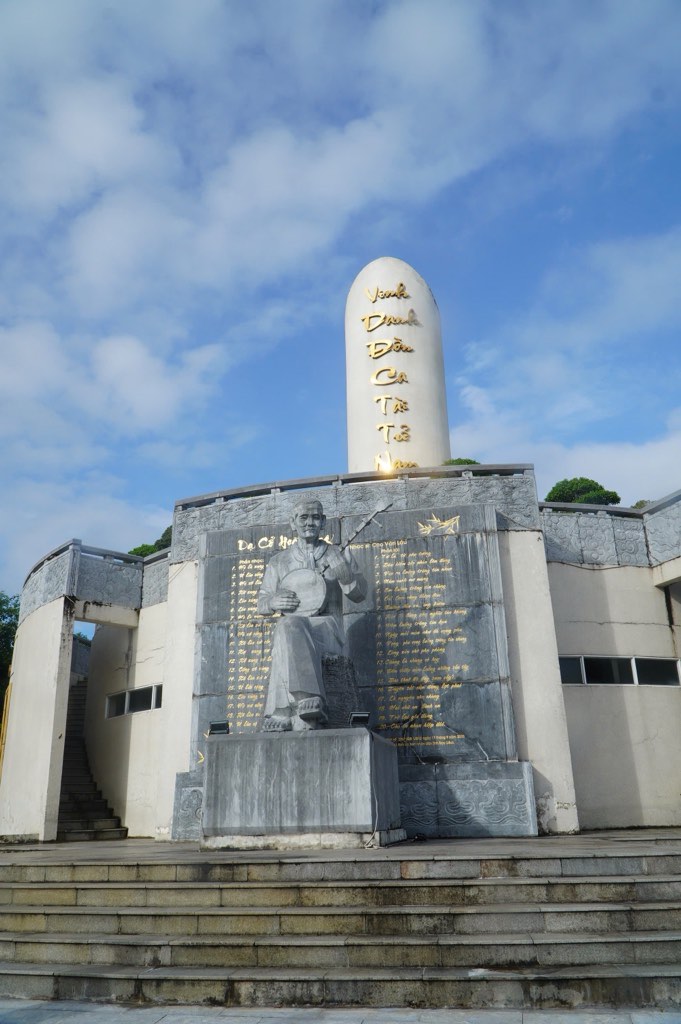
The memorial area has an area of over 12,000 m2, including many outstanding items such as the Forbidden City Stadium, the statue of musician Cao Van Lau, the musical instrument garden, the tomb of the late musician and his family, the exhibition house, the performance area...
Visitors can visit the exhibition house, listen to an explanation of the life and career of musician Cao Van Lau - author of "Da co hoai lang", and learn about the development process of the actor's music.

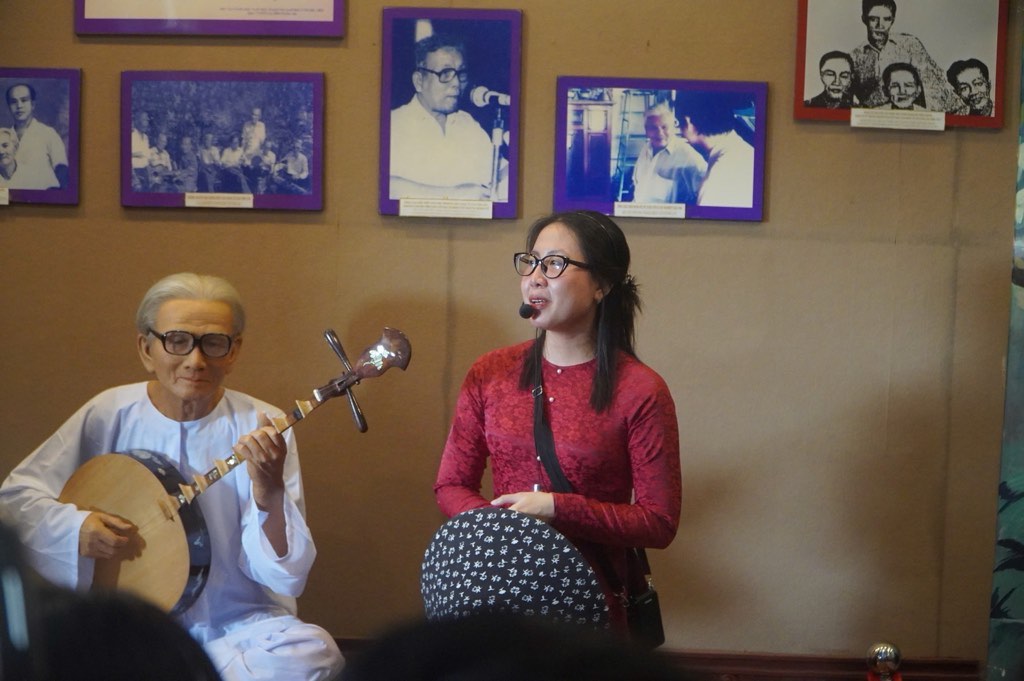
Prince of Bac Lieu's house
The Western-style house was built in 1917 and completed in 1919. The project was designed by French architect for Bac Lieu prince Tran Trinh Huy when he was only 19 years old. At that time, this was the largest and most beautiful house in the Southern Hemisphere.
Hoa Binh 1 Wind Power Company
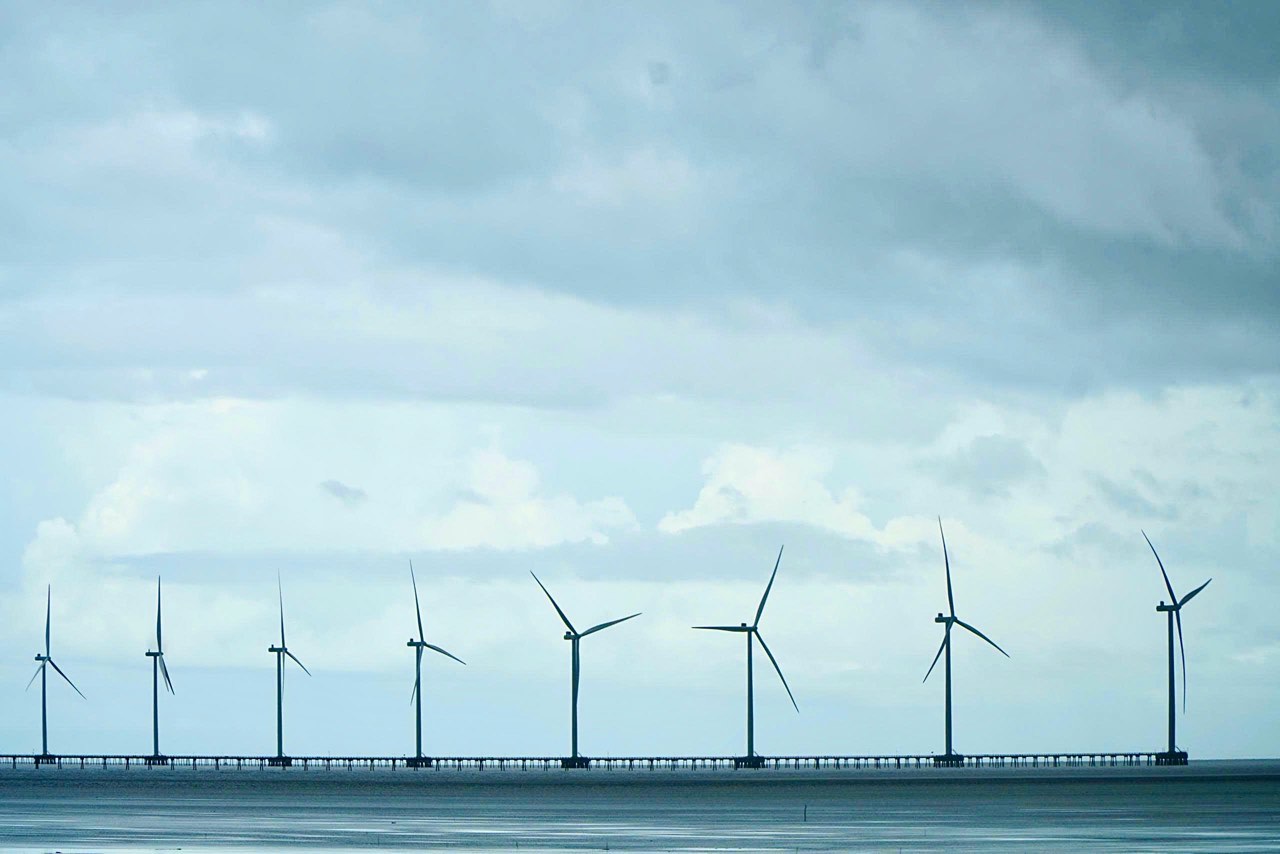
Hoa Binh 1 Wind Power Plant is a large-scale, modern project and is exploited in combination with eco-tourism. Here, visitors can experience the sea approach bridge, observe the wind turbine towers arranged along both sides towards the open sea. The scene of giant fans rotating in the vast space creates a unique and impressive check-in spot in the coastal area of Bac Lieu.

